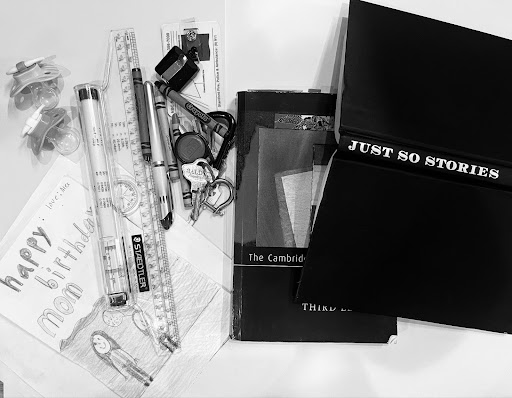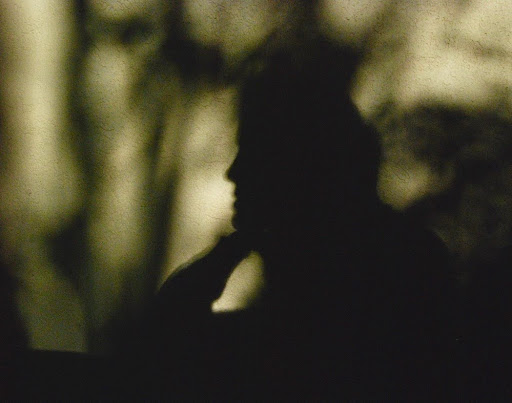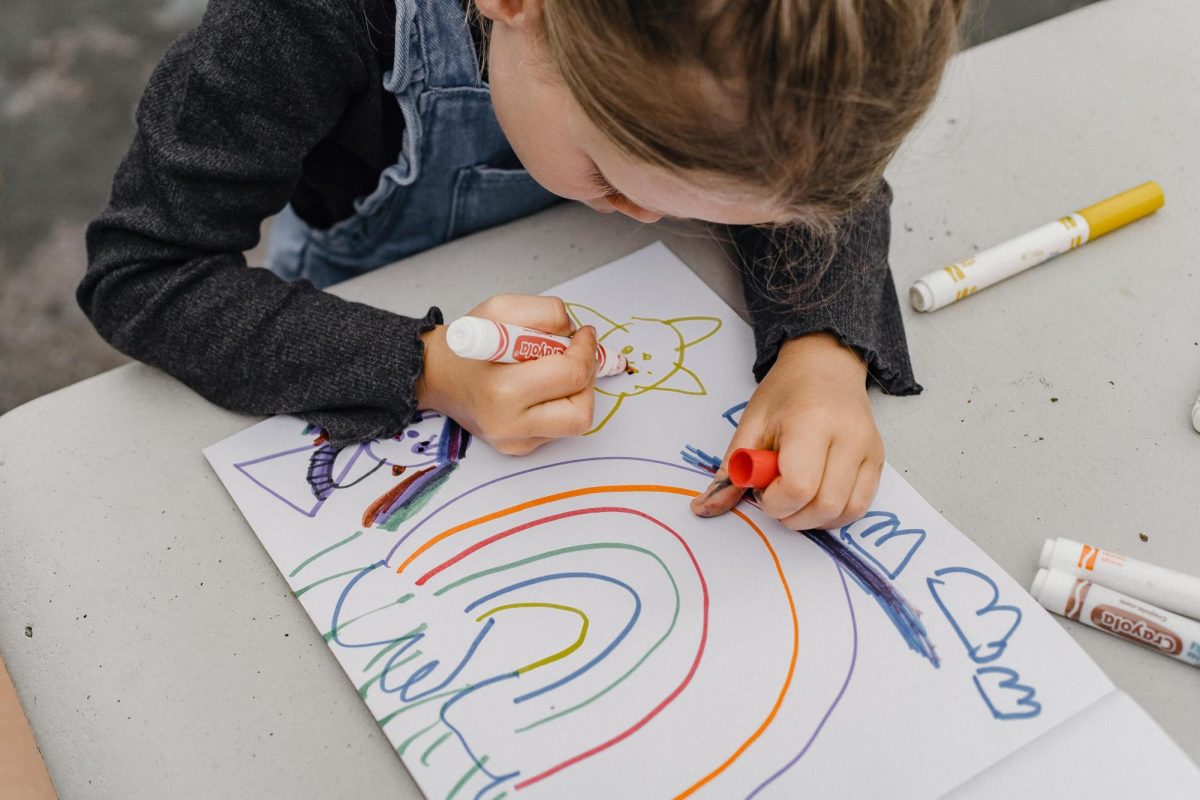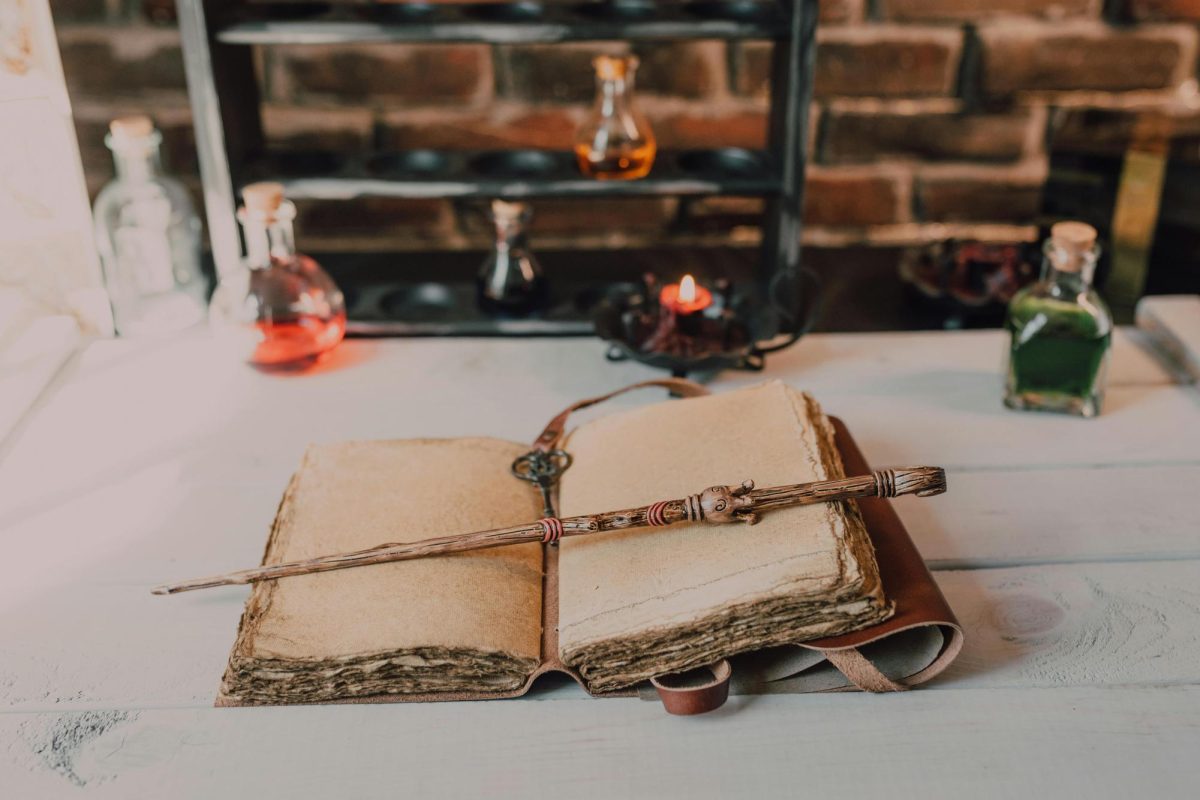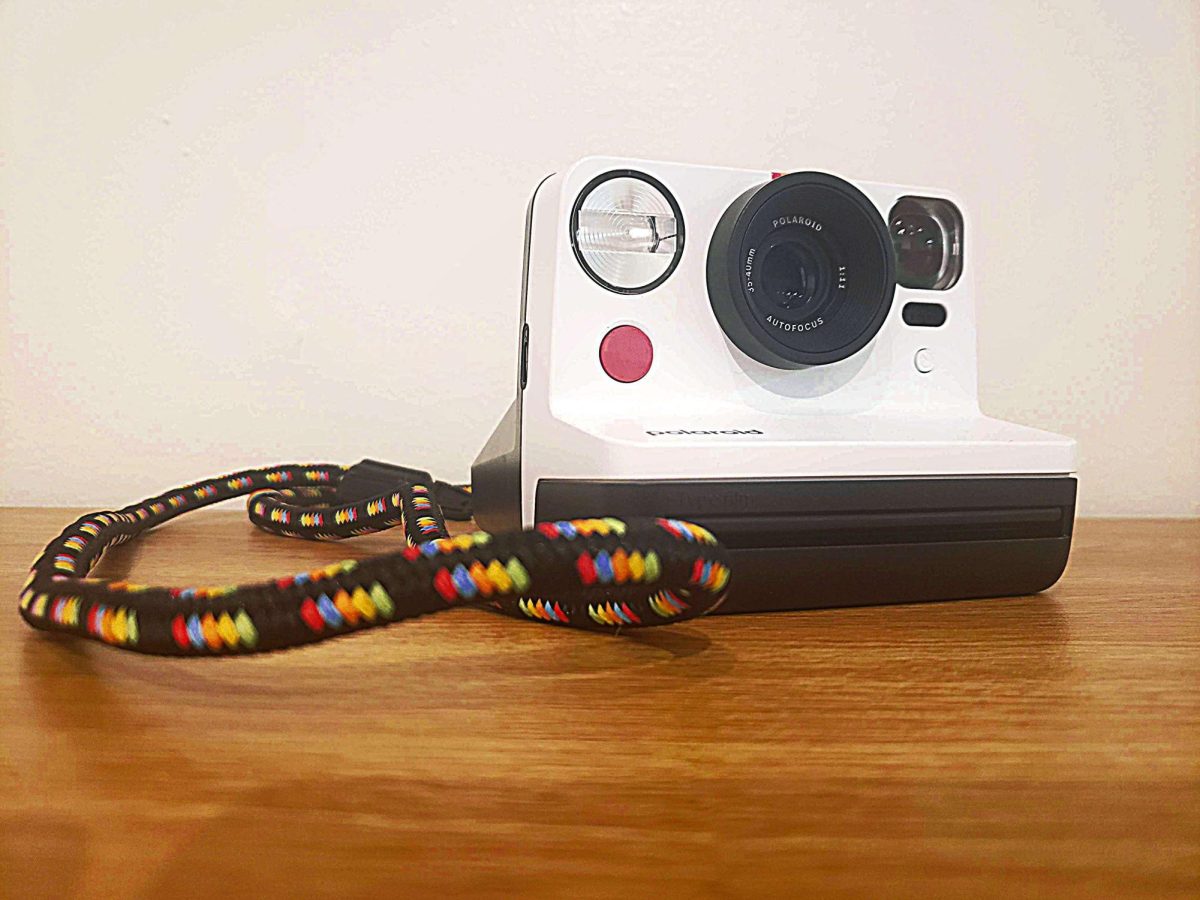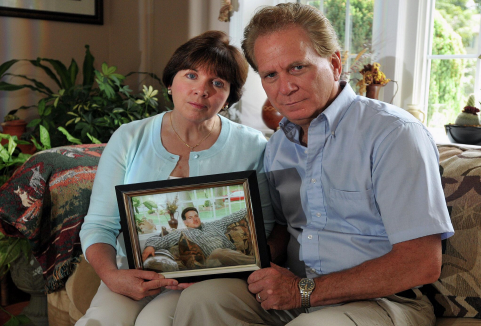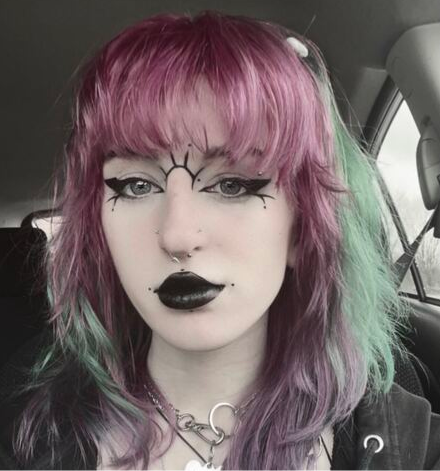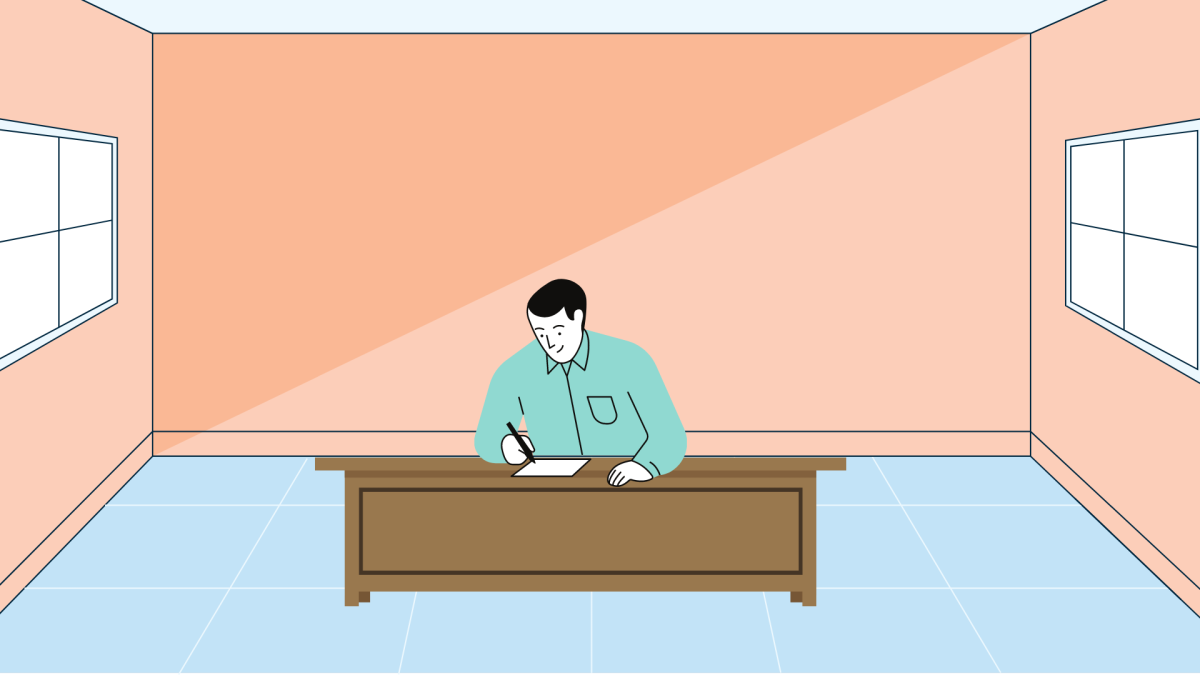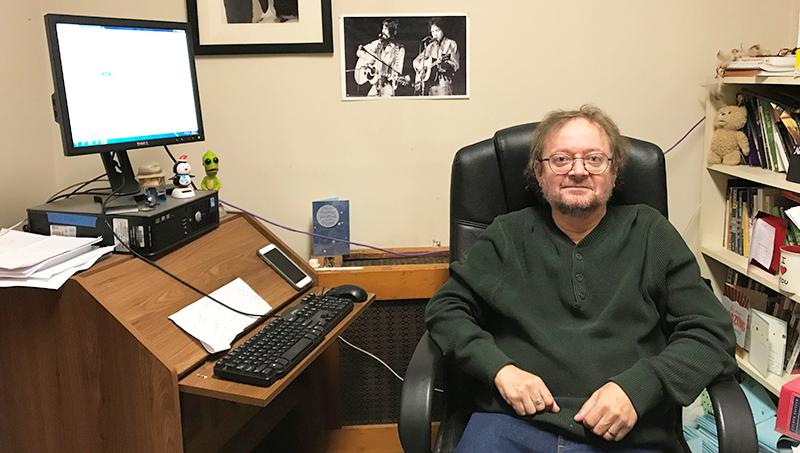Clean girl, VSCO girl, granola girl, what is our obsession with terminology describing aesthetics? The topic of aesthetics came to my mind recently while I was listening to an episode of the podcast “Anything Goes” by Emma Chamberlain that focused on the topic. She talked about how in today’s digital age, we have two ways to be perceived—in person and online. Despite this, the real focus is what makes up “aesthetics” and whether they are causing more harm than good.
Aesthetics, according to the Oxford Learner’s Dictionary, is “the branch of philosophy that studies the principles of beauty, especially in art.” What do I look at and find appealing to the eye? What resonates with me? Are aesthetics and the assumptions that come with them too much for growing adolescents?
I had this idea in the back of my mind for a while now, and when I ran into Jenna Morris, a junior finance major in the Celentano elevator, I instantly knew I had a new source to an upcoming story regarding the topic.
After noticing Morris’ bright pink and blue hair and an outfit featuring a collar and harnesses, I asked her to sit with me to discuss her aesthetic specifically and what effect she thinks aesthetics have on young adults.
Morris said, “I consider myself goth. I’ve always considered myself goth. Everyone on the internet has always considered me goth so I just go with that label.” She said that she considered herself to be goth before attending the university. Her wardrobe features fishnets, skirts, dresses, harnesses, chains and spikes.
She first started dressing as what she describes to be “emo” with ripped tees and graphic jeans. After being on the receiving end of bullying in high school, she began to play down her style. However, when the COVID-19 pandemic started, and schools shut down, Morris wasn’t spending as much time with her peers, and with masks, no one could identify her, so she dyed her hair and tried new clothes while shopping mostly at places such as DollsKill, KillStar and other thrift stores.
“I have to do a lot of my shopping online,” Morris said.
Morris then moved on by telling me about her experience on social media and the presence that she has cultivated there. She discussed buying new clothing online, and then posting the outfits on TikTok, where she would often get positive reactions from people looking to find out where she got her clothes.
Morris has amassed over 75,000 TikTok followers.
While discussing her presence on TikTok, Morris also discussed the aspect of sexuality in relation to the goth aesthetic, and the expectations that come along with molding to that aesthetic.
“I see it a lot online. I get comments like, ‘where’s your OnlyFans and…do you do business?’”
Morris also discussed labels that come along with being goth, saying that “A lot of people that are goth are also very sexually open; they do a lot of sex work. They’re supposed to be very out there and raunchy.”
Expanding on these expectations, Morris said that people often whistle at her. She said “I’m just not that kind of person…Kids…shouldn’t have to associate that with their identity.”
“Just because I want to wear the clothes I want to wear doesn’t mean anything about who I am as a person,” Morris said.
“I think some of what I wear is definitely–chains and harnesses–kids shouldn’t wear those. Thigh highs? Kids shouldn’t wear those. But when adults see them on another adult there should be [a] level of respect for that person,” she said regarding why people make assumptions about goth styles and if teens should be able to partake in a goth aesthetic.
“People have an expectation for a level of professionalism or old school thoughts of office jobs. A lot of older people see the dyed hair and piercings as being a delinquent,” says Morris.
She explained many people thought she was not smart enough for her chosen major.
“Under these tattoos I’m a genius… Like I know I’m a genius!” she said.
Despite the unwanted assumptions, Morris notes that there are many interactions her aesthetic brings that she is grateful for.



